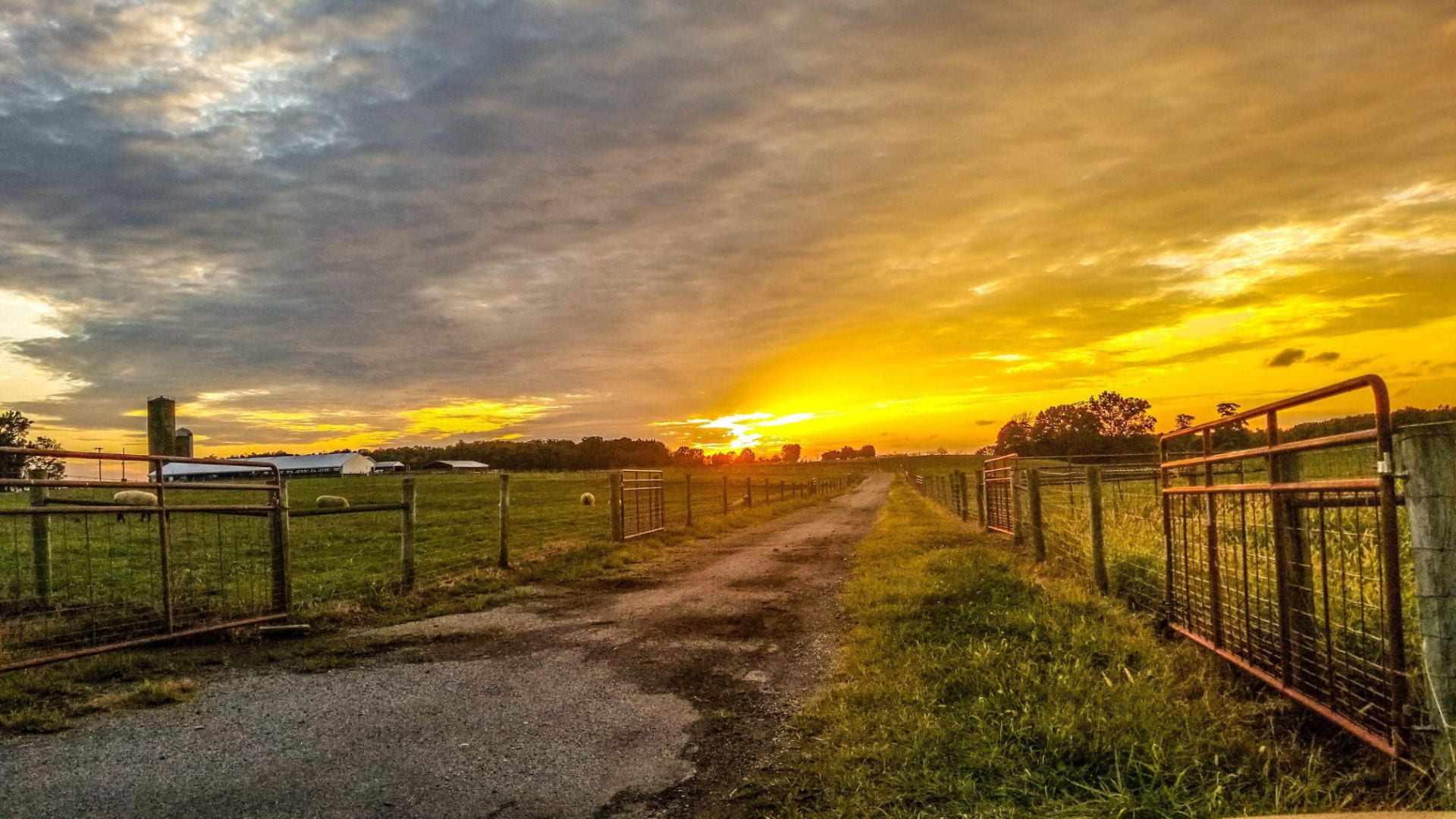Dr. Mark Sulc, OSU Extension Forage Specialist, The Ohio State University
Livestock  owners who feed forages need to keep in mind certain dangers of feeding forages after the recent frost events. Several forage species can be extremely toxic soon after a frost because they contain compounds called cyanogenic glucosides that are converted quickly to prussic acid (i.e. hydrogen cyanide) in freeze-damaged plant tissues. Some legumes species have an increased risk of causing bloat when grazed after a frost. In this article I discuss each of these risks and precautions we can take to avoid them.
owners who feed forages need to keep in mind certain dangers of feeding forages after the recent frost events. Several forage species can be extremely toxic soon after a frost because they contain compounds called cyanogenic glucosides that are converted quickly to prussic acid (i.e. hydrogen cyanide) in freeze-damaged plant tissues. Some legumes species have an increased risk of causing bloat when grazed after a frost. In this article I discuss each of these risks and precautions we can take to avoid them.
Species with prussic acid poisoning potential
Agronomic species that can contain prussic acid are listed below in decreasing order of potential risk of toxicity after a frost event:
- Grain sorghum = high to very high toxic potential
- Indiangrass = high toxic potential
- Sorghum-sudangrass hybrids and forage sorghums = intermediate to high potential
- Sudangrass hybrids = intermediate potential
- Sudangrass varieties = low to intermediate in cyanide poisoning potential
- Piper sudangrass = low prussic acid poisoning potential
- Pearl millet and foxtail millet = rarely cause toxicity
Continue reading Harvesting and Grazing Forages Following a Frost






